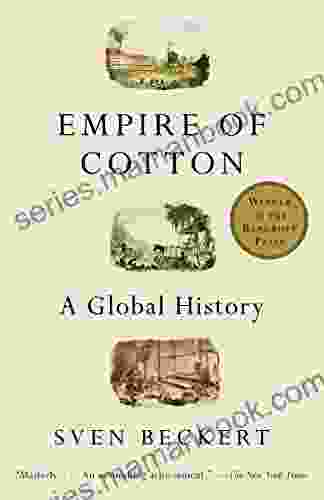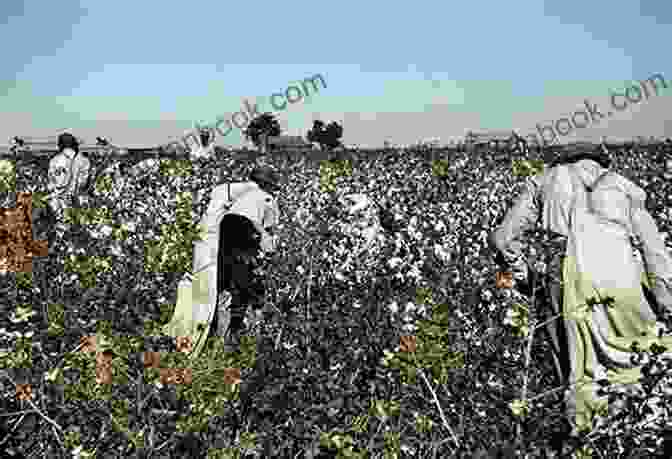Origins and Cultivation of Cotton
Cotton, a versatile and widely used natural fiber, has played a pivotal role in human history. The origins of cotton cultivation can be traced back to the Indus Valley Civilization in the Indian subcontinent around 5000 BC. Over centuries, cotton farming spread to other regions of Asia, Africa, and eventually the Americas.
Cotton plants require warm and humid climates with ample rainfall. The cultivation process involves planting cottonseeds, weeding and fertilizing the crops, and harvesting the mature cotton bolls. Different varieties of cotton are grown worldwide, each with unique characteristics such as fiber length, strength, and color.
4.5 out of 5
| Language | : | English |
| File size | : | 61433 KB |
| Text-to-Speech | : | Enabled |
| Enhanced typesetting | : | Enabled |
| X-Ray | : | Enabled |
| Word Wise | : | Enabled |
| Print length | : | 632 pages |
| Screen Reader | : | Supported |
Cotton Trade: A Global Commodity
The global cotton trade has a long and complex history. Cotton fibers were first traded in ancient times between India and other parts of Asia. During the Middle Ages, Arab traders introduced cotton to Europe and North Africa. By the 16th century, European powers established colonies in the Americas and the Caribbean, transforming the region into a major cotton-producing hub.
The demand for cotton surged during the Industrial Revolution as textile mills in Europe and the United States required vast quantities of raw material. The Transatlantic Slave Trade played a significant role in the cotton industry, with enslaved Africans forced to labor on cotton plantations in the American South.
The Social and Economic Impact of Cotton
The cotton industry had a profound impact on societies worldwide. In the Americas, the cultivation and trade of cotton fueled economic growth and led to the development of plantation economies and the rise of industrial cities.
However, the cotton industry also had a darker side. The demand for cotton often led to the exploitation of workers, environmental degradation, and the perpetuation of slavery. The injustices associated with the cotton industry have been extensively documented and continue to shape global discussions on social justice and economic inequality.
Cotton in Culture and Society
Beyond its economic value, cotton has also played a significant role in cultural and social contexts. Cotton fabrics have been used in various forms of art and clothing throughout history, from traditional garments to haute couture.
In many societies, cotton is associated with purity, comfort, and sustainability. However, the industry has also faced criticism for its environmental impact and labor practices. As a result, ethical and sustainable cotton production has become a growing concern in recent years.
The Empire of Cotton is a testament to the global interconnectedness of human societies and the far-reaching impact of a single commodity. From its humble origins in the Indus Valley to its role in the Industrial Revolution and beyond, cotton has shaped the course of history, influenced cultures, and continues to be a vital part of our lives today.
As we navigate the challenges of the 21st century, the lessons learned from the history of the cotton industry can help us create a more sustainable and equitable future for all.

















































































































